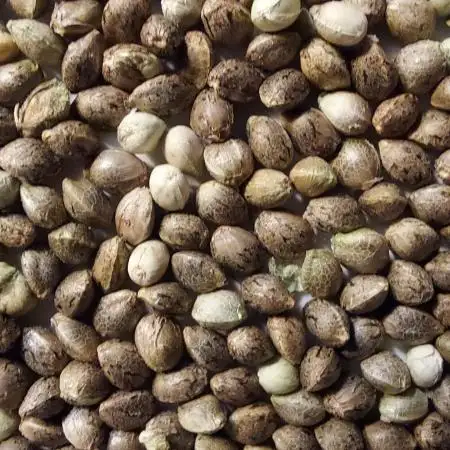The Grow Awards 2026 🏆
1st grow: When to stop using fertilizer?
saucypstarted grow question 1y ago
Have trouble judging how far into flowering phase my plant is. Should purple in week 7 already but did not (mid week 8 now). Also the top stretched a lot between week 7 and 8. Using CANNA Terra Flores. PK 13/14 better? Diary has more pics.
Open
likes
Answer
oldskoolkoolanswered grow question 1y ago
That looks like no more than 3wks in but its hard to say not knowing what it is and how you're growing. The plants will use a lot more PK 3wks before harvest when they're fattening up, this is when they put the most weight on. Check the strain, breeder. You could ask them.
likes
Complain
00110001001001111Oanswered grow question 1y ago
It's myth that the plant needs large spikes of this or that any any particular point. you whoudl be providing a healthy level of all nutrients at all times. Some small tweaks are necessary in flower, but instead of putting faith into what people say, read the plant. if you are giving too much or too little of something, it'll show.
e.g. dousing it with more than 200ppm of K (in a soilless/hydro context, but soil will be similar but different due to multiple avenues in which fertilizer is provided beside fertilizer in your irrigation water) is only going to cause a toxicity if given long enough at those levels. The exact threshold will vary primarily due to local CO2 and VPD - along with genetic variety on top of that.
keep it healthy. try to push higher but read and react to plant and dial back as necessary. this way you know if you are erring on once side, it's not on the low side. This stuff often takes weeks if not months to play out. the closer you are ato providing what is needed on demand, the longer it takes for a tox or deficiency to be visible
don't flush unless there's a good reason to do so -- like an utter catastrophe in your rootzone causing major issues. you cannot dilute what's in the plant already. it has no excretion system that can do that effectively. Flushing is a rootzone-issue only tool. it does not change how flowers are biologically constructed.
likes
Complain






